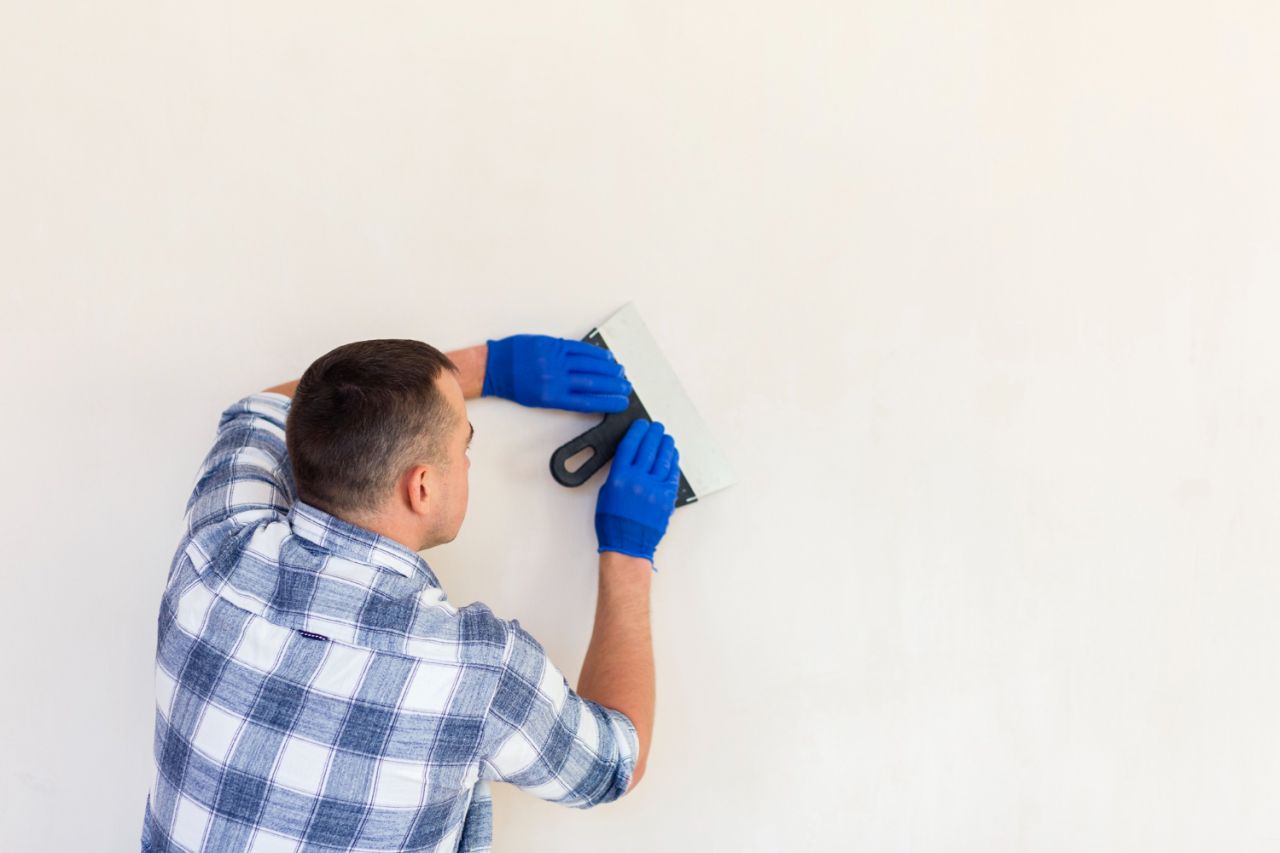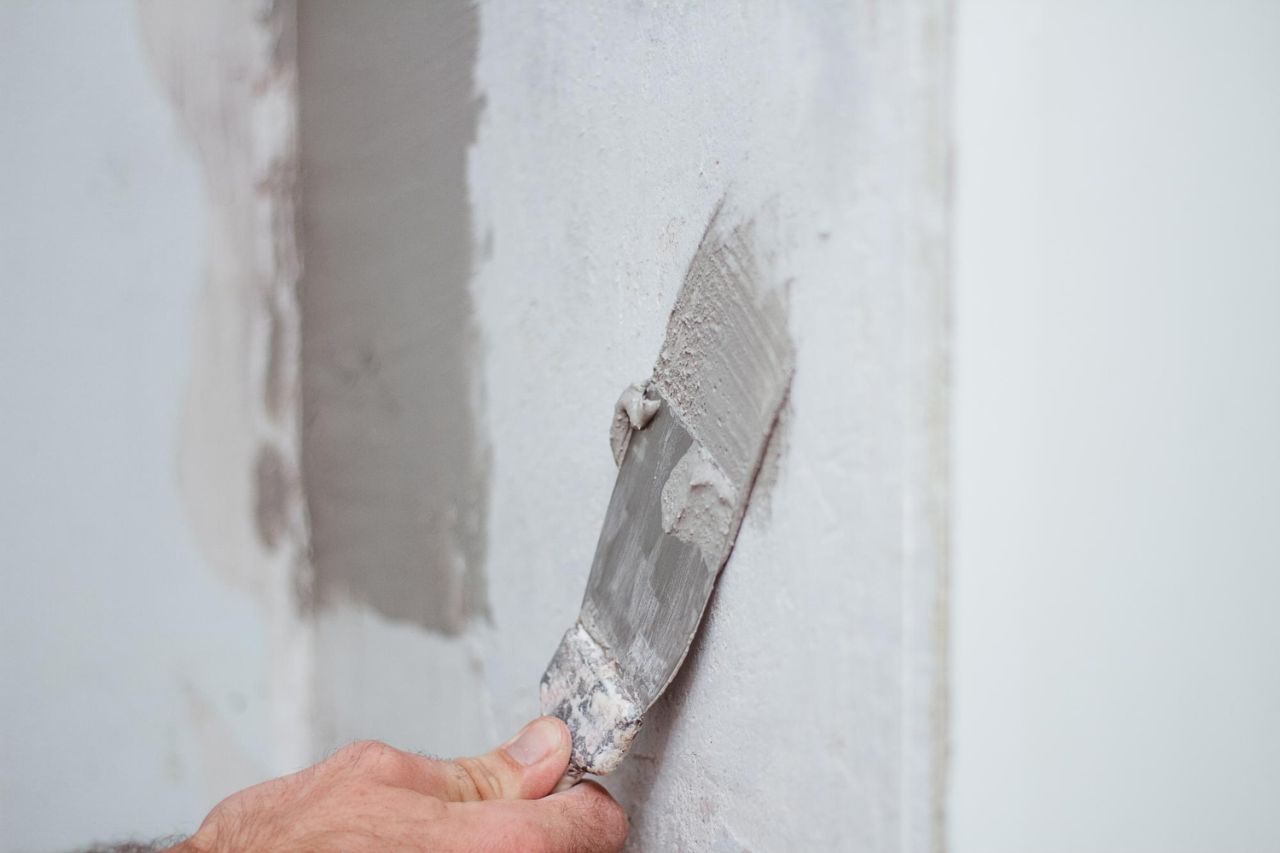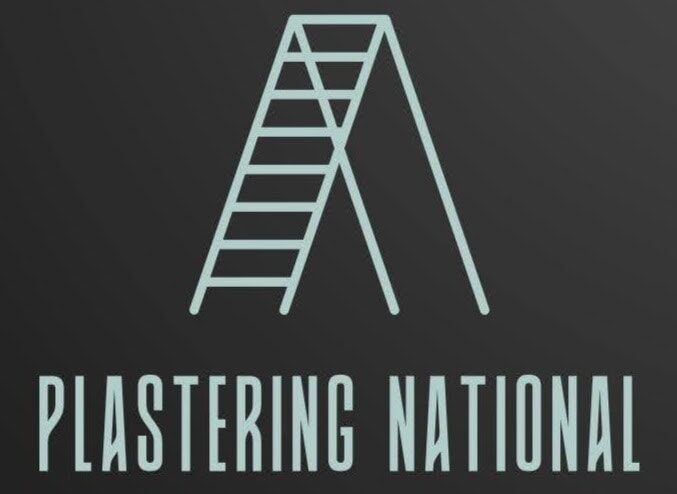When redecorating or renovating a home, selecting the right finish for the walls and ceilings is essential. Two popular methods—wet plastering and dry lining—offer distinct benefits and drawbacks.
Understanding these differences will help you choose the method that suits your needs, style, and budget.
Let’s get straight to the point.
Wet plastering and dry lining are two methods for finishing walls and ceilings. Dry lining is quicker, cleaner, and provides better thermal insulation but is less durable and lacks character compared to wet plastering.
Wet plastering offers a seamless, long-lasting finish with better soundproofing and aesthetic appeal. However, it requires skilled labour, is messier, and takes longer to dry.
Choosing between them depends on your project’s timeline, budget, desired finish, and wall conditions. Wet plastering suits traditional decorative styles, while dry lining is ideal for modern, fast-paced renovations.
What Is Dry Lining?

Dry lining is a modern alternative to traditional plastering, often favoured for its speed and convenience. In this method, plasterboard panels are fixed to walls or ceilings using screws or adhesive.
The joints are then filled with a jointing compound and sanded to achieve a smooth finish.
Benefits Of Dry Lining
Dry lining has gained popularity due to its efficiency and minimal mess. Here are some key advantages:
- Faster Installation: Installing plasterboard is quicker than applying wet plaster, making it ideal for projects on a tight timeline.
- Clean Process: Dry lining generates less dust and debris, reducing the need for extensive cleanup.
- Improved Insulation: Plasterboard offers better thermal insulation, helping to retain heat and lower energy bills.
- Ease of Access: Modifying or repairing plasterboard sections without significant disruption is easy.
Drawbacks Of Dry Lining
Despite its advantages, the dry lining has some limitations:
- Durability: Dry-lined walls are generally less robust than those finished with traditional plaster.
- Aesthetic Limitations: The smooth surface of dry linings may need more texture and character; some prefer traditional plaster finishes.
- Soundproofing Issues: It does not provide the same level of acoustic insulation as wet plaster.
- Higher Cost: Dry lining materials can be more expensive, especially when considering synthetic insulation.
What Is Wet Plastering?
Wet plastering involves applying a mixture of plaster to walls or ceilings to create a seamless, durable surface. A traditional method requires skill and precision to achieve a smooth and consistent finish.
Benefits Of Wet Plastering
Wet plastering remains a popular choice for its high-quality finish and versatility. Its key benefits include:
- Long-Lasting Finish: Wet plaster is more durable and less prone to cracking over time, making it suitable for areas that experience wear and tear.
- Versatility: It can be applied to various surfaces, including brick, block, and concrete, making it adaptable for different construction projects.
- Superior Aesthetics: The finish achieved with wet plastering is often smoother and more visually appealing.
- Ideal for Decorative Elements: Wet plastering allows for intricate details like cornices and mouldings, enhancing the room’s character.
Drawbacks Of Wet Plastering
However, wet plastering is not without its challenges:
- Longer Drying Time: It can take days or weeks for wet plaster to dry completely, delaying further work.
- Messy Application: The process can be messy and requires careful handling to avoid splatters.
- Skilled Labour Required: Wet plastering demands experienced professionals to ensure a high-quality finish, which can increase costs.
Key Differences Between Wet Plastering And Dry Lining
Understanding the fundamental differences between wet plastering and dry lining is important for making an informed decision. Here’s a breakdown:
1. Installation Time
- Dry Lining: Quicker to install, allowing faster project completion.
- Wet Plastering: This takes longer due to multiple layers and drying times.
2. Durability
- Dry Lining: Less durable than wet plaster, more prone to impact damage.
- Wet Plastering: Provides a strong, long-lasting surface that can endure wear and tear.
3. Finish Quality
- Dry Lining: This achieves a smooth but flat finish, which might need more character.
- Wet Plastering: Produces a high-quality, seamless finish that can be textured or decorative.
4. Cost Factors
- Dry Lining: Initially, it is less labour-intensive but might involve higher material costs.
- Wet Plastering: Higher labour costs due to skilled work but generally more cost-effective for large areas.
5. Insulation And Soundproofing
- Dry Lining: Provides good thermal insulation but needs more soundproofing.
- Wet Plastering: Offers better acoustic properties, reducing noise transmission between rooms.
Factors To Consider When Choosing Between Wet Plastering And Dry Lining

When deciding which method to use for your renovation project, consider the following aspects:
1. Budget
Your budget plays a significant role in determining the best method:
- Dry Lining: This may reduce labour costs due to faster installation, but material costs can be higher.
- Wet Plastering requires more skilled labour, which can lead to higher costs in smaller projects but is often more economical for larger surfaces.
2. Time Constraints
If you are working on a tight deadline:
- Dry Lining: Suitable for projects that need quick turnaround times.
- Wet Plastering: This takes longer but may be worth the wait for a premium finish.
3. Aesthetic Preferences
The desired look of your finished walls is also important:
- Dry Lining: Ideal for a modern, minimalistic look with a smooth surface.
- Wet Plastering: Perfect for achieving a traditional or textured appearance.
4. Room Size And Purpose
The size and purpose of the room can influence the decision:
- Dry Lining: Better for small areas or rooms where insulation is a priority.
- Wet Plastering: Suitable for larger rooms or those requiring decorative details.
Maintenance And Longevity
Maintenance is a significant factor when choosing between wet plastering and dry lining. Once properly applied, wet plaster can last for decades without requiring significant repairs.
Dry lining, although easier to repair, may need more frequent maintenance due to its lower durability.
Common Maintenance Issues
- Wet Plastering: May develop cracks over time, especially in areas with temperature fluctuations or moisture exposure.
- Dry Lining: Susceptible to impact damage, making it less ideal for high-traffic areas.
Environmental Considerations
Sustainability is becoming more critical in construction, and both methods have different environmental impacts:
- Dry Lining: Often relies on synthetic materials that need to be recyclable, which may not align with eco-friendly goals.
- Wet Plastering: Can utilise natural materials like lime or clay, which are more sustainable but might come at a higher cost.
Expert Tips For Choosing The Best Method
- Evaluate Wall Conditions: Older buildings with uneven walls benefit more from wet plastering, which can smooth out imperfections.
- Consider Future Modifications: Wet plastering is more adaptable if you anticipate changing the walls, such as adding shelves or fixtures.
- Skill Level: Choose a method that aligns with the skills available. Wet plastering requires professionals, while dry lining can be managed with moderate DIY skills.
Conclusion
Choosing between wet plastering and dry lining depends on your project requirements, budget, and desired finish. Dry lining is a faster, more straightforward solution for modern interiors with tight deadlines.
It provides decent insulation and is easier to install, though it may lack wet plaster’s durability and aesthetic appeal. Wet plastering, on the other hand, offers a long-lasting, high-quality finish that can significantly enhance a room’s character.
It is a traditional technique that requires skilled craftsmanship but provides superior aesthetics and acoustic insulation. Wet plastering may be better if you prioritise a seamless, durable finish and have the time to invest.
Ultimately, the decision depends on your preferences, budget, and the specific requirements of your renovation project. Both methods can produce excellent results when applied correctly, so weigh the pros and cons carefully.
Frequently Asked Questions About Plaster
Is plaster a costly material?
Plaster is more expensive than gypsum. Cement and cement lime plaster are cheaper alternatives. The substance used is chlorine, which is highly toxic in its pure form.
Is white cement the same as plaster?
White cement is not the same as plaster; it has a different consistency. The former, made of gypsum, is used to make casts for medical purposes (such as when repairing a fracture), while the latter is put on walls to make them shine.
Is plaster dangerous to one’s health?
Many people fear working with plaster because of its inherent dangers. Though it is not dangerous in the right hands, the substance is generally considered safe for everyday use. Anything embedded in the plaster runs the risk of being trapped and subjected to extreme heat.
Is plaster suitable to use on walls?
Plaster is the best option for repairing gaps in plaster walls because its properties are more likely to match the wall material. Plaster isn’t often used to repair drywall, but it does a great job of reinforcing interior walls.
Is plaster easy to maintain?
When you want to clean your Venetian plaster walls, all you have to do is wipe them down. In order to lengthen the life of walls, routine maintenance such as cleaning and sealing is recommended.

